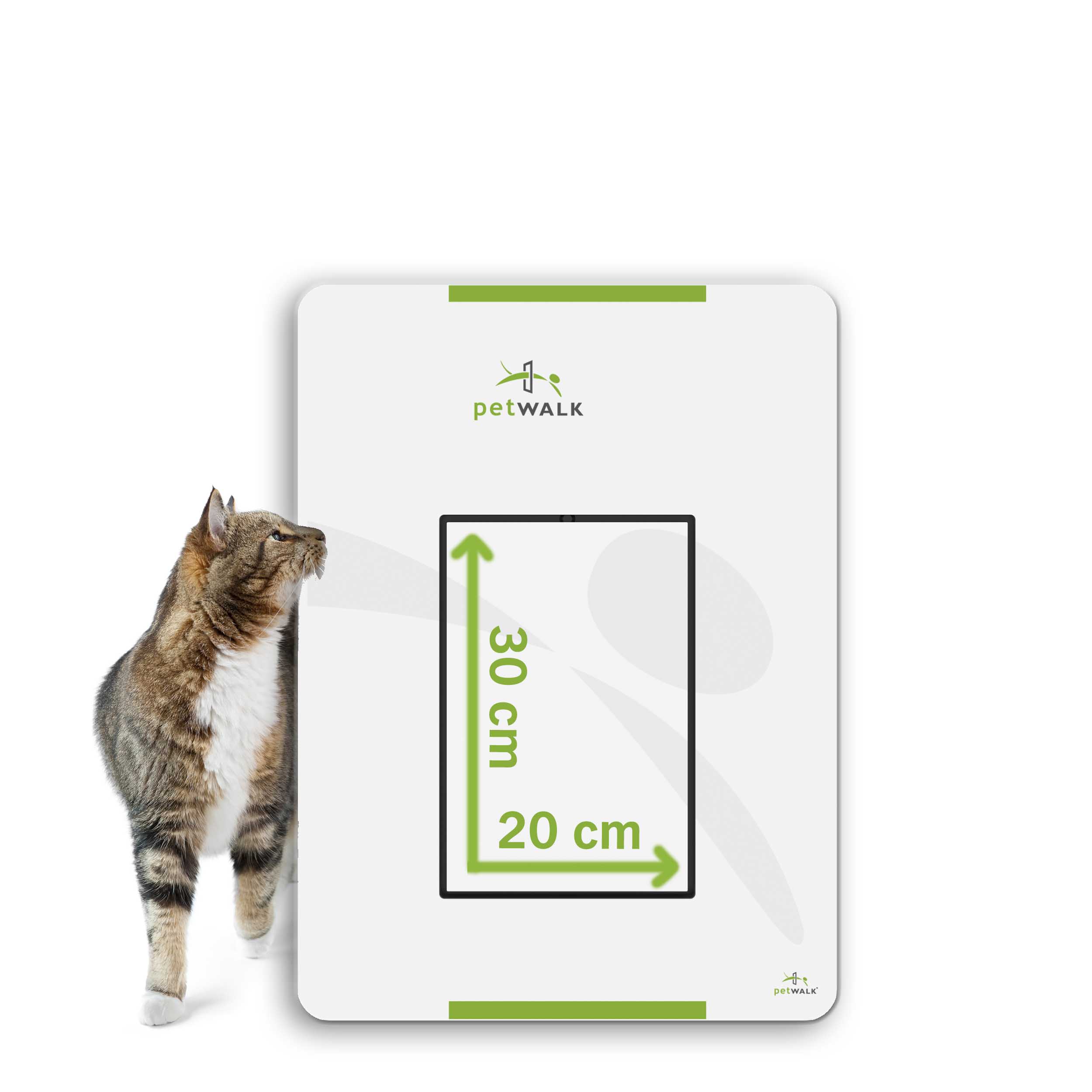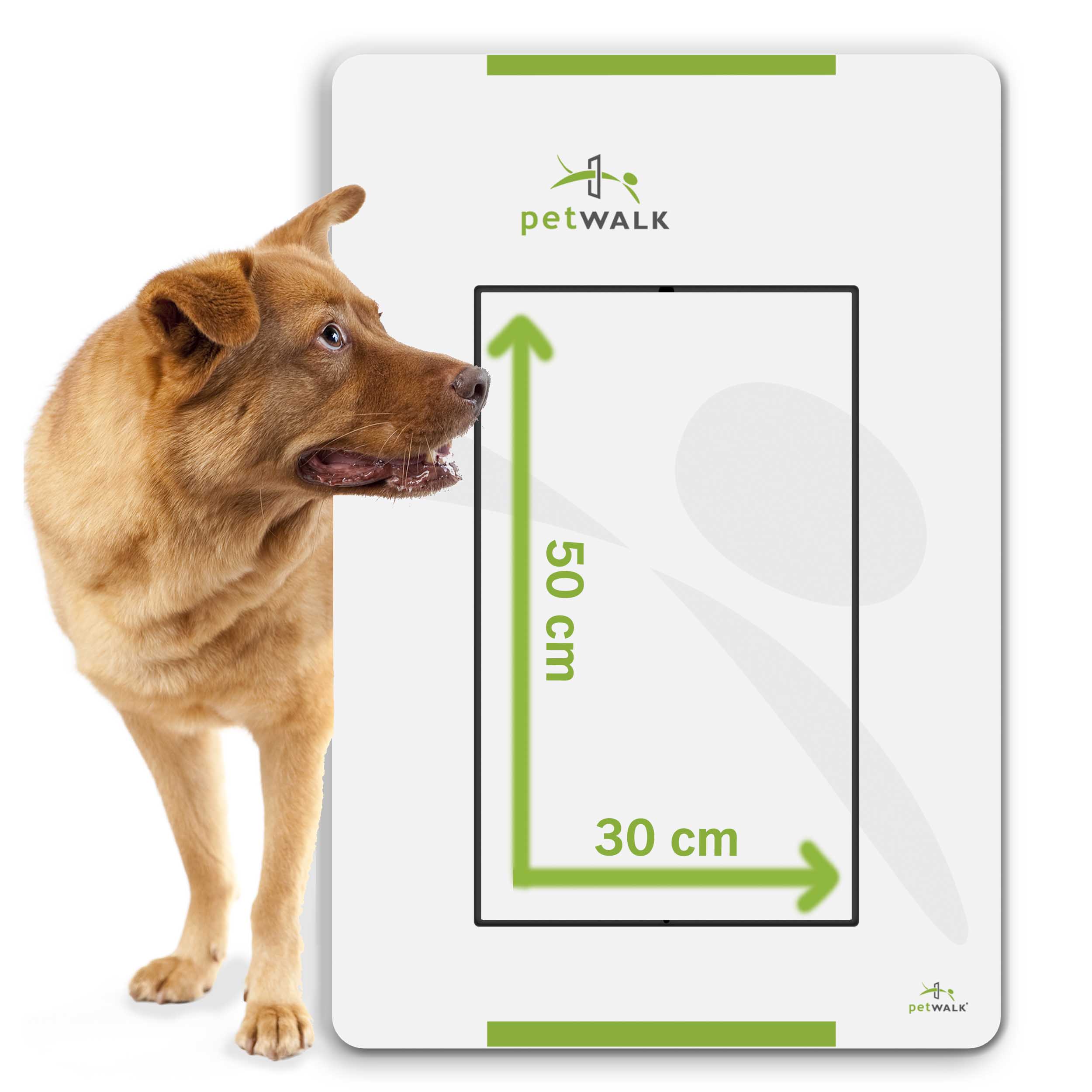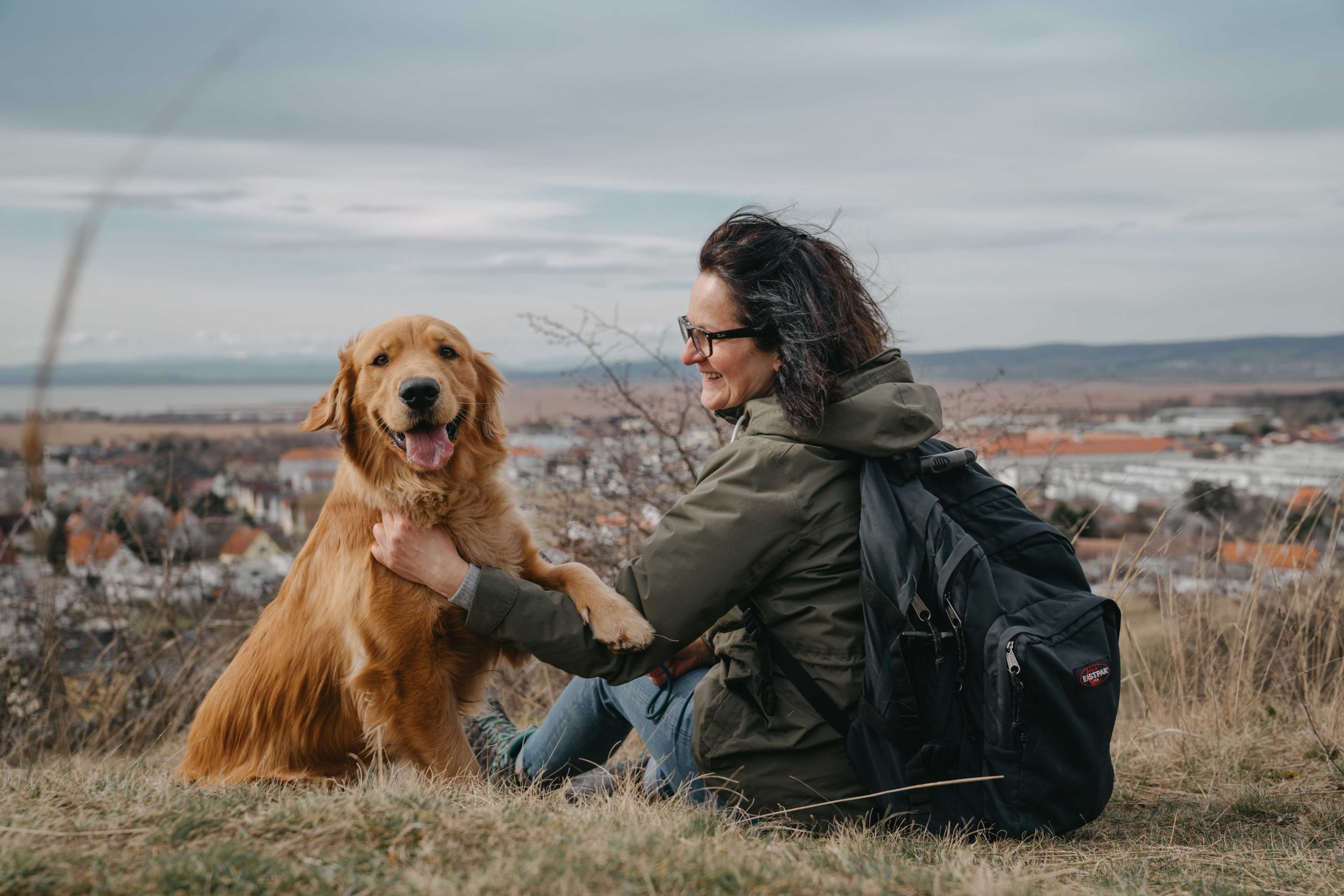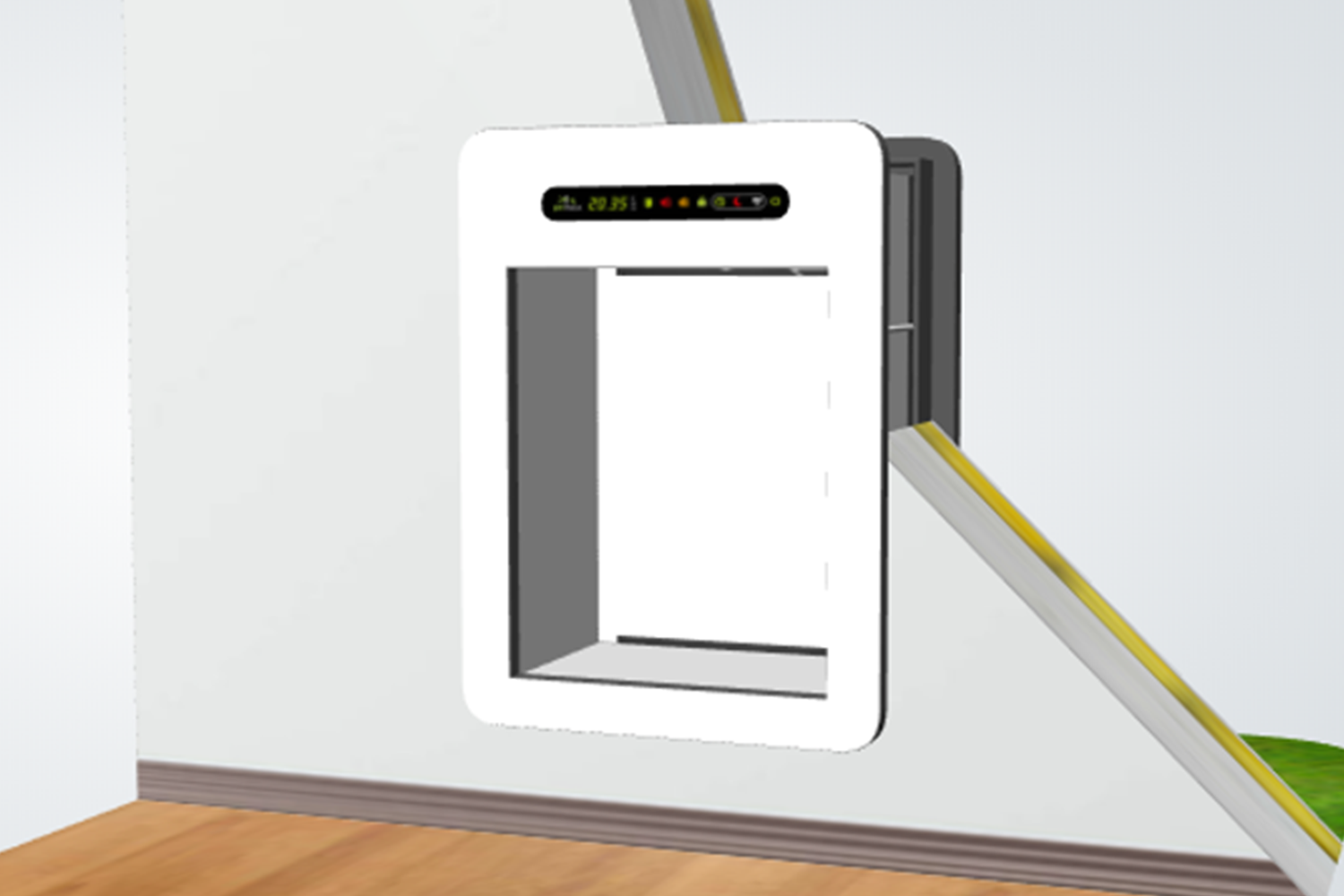Lower your heating cost
Save on heating costs with your dog- or catdoor
The colder months require more heat and warmth. Neither us or our beloved four legged partners want to freeze during those cold times, however the constant heating can hurt your wallet quite a bit. That’s why we want to offer you some smart tips and tricks by petWALK in order to give you an overview on how to lower your heating cost and still remain warm and comfy.
Lower your heating cost
Save on heating costs with your dog- or catdoor
The colder months require more heat and warmth. Neither us or our beloved four legged partners want to freeze during those cold times, however the constant heating can hurt your wallet quite a bit. That’s why we want to offer you some smart tips and tricks by petWALK in order to give you an overview on how to lower your heating cost and still remain warm and comfy.
16 tips and tricks to save on heating costs
#1: Store heat like a champ with petWALK
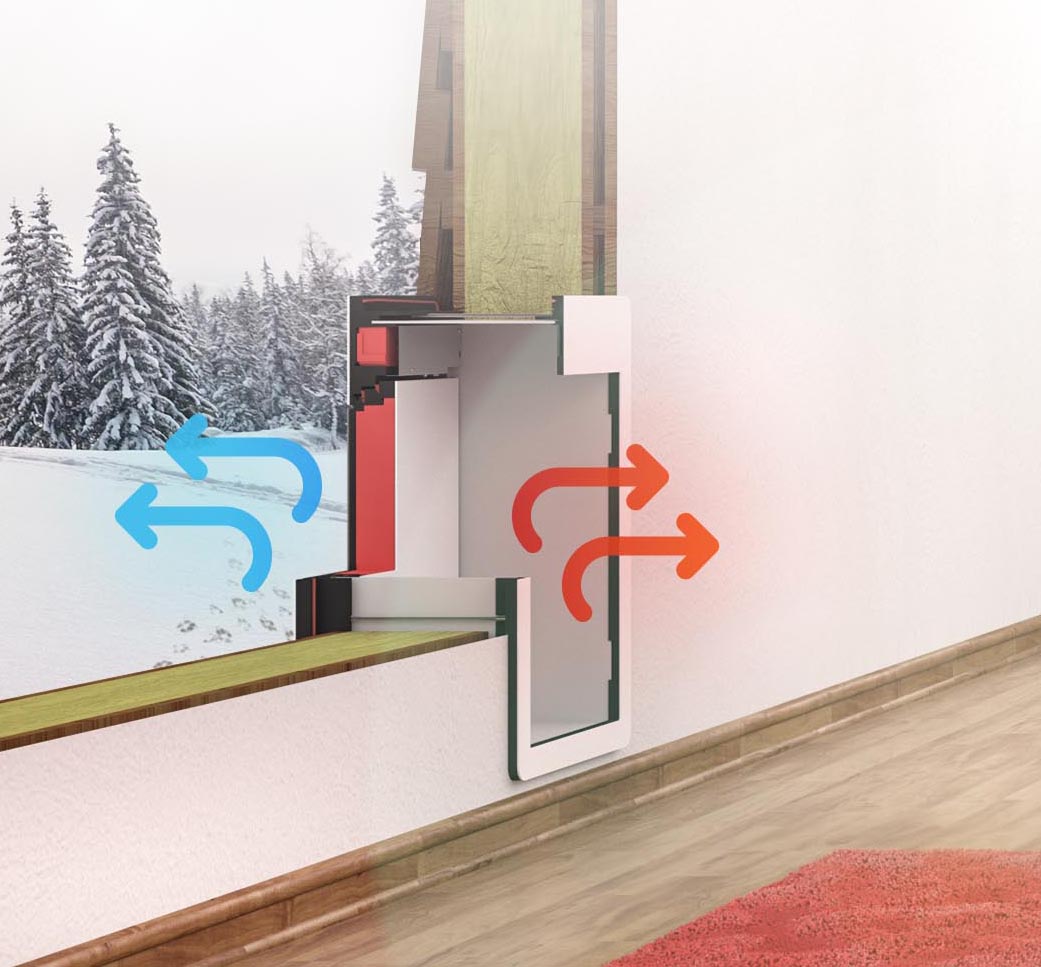
#2: A stove made out of gold
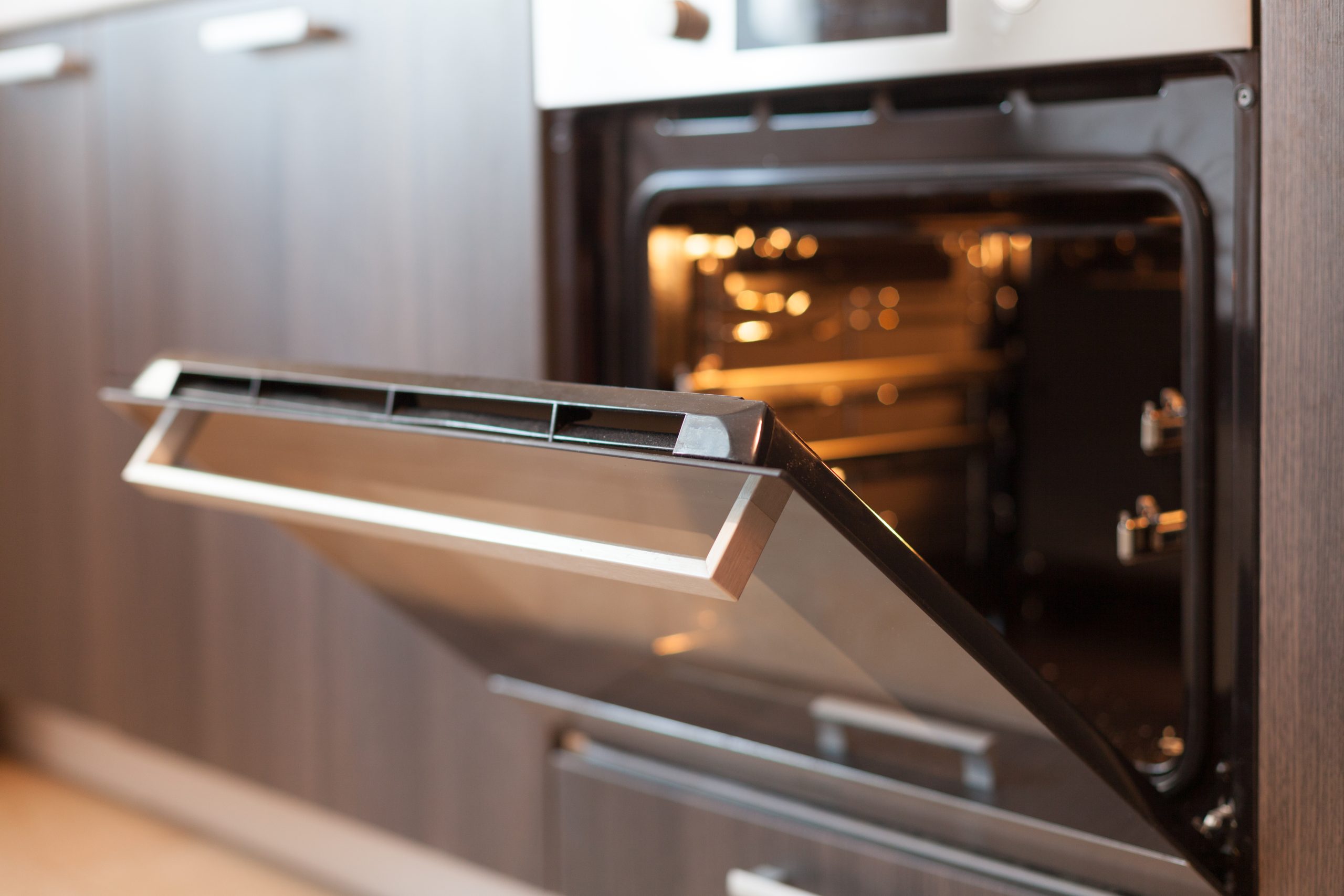
Insider’s tip:
After using your oven, do not close its door. That way you can take advantage of that warm air coming out after a baking session.
#3: Location, location, location
- Living room: approx. 20 °C
- Bedroom: approx. 17 °C
- Kitchen: approx. 18 °C
- Nursery: approx. 22 °C
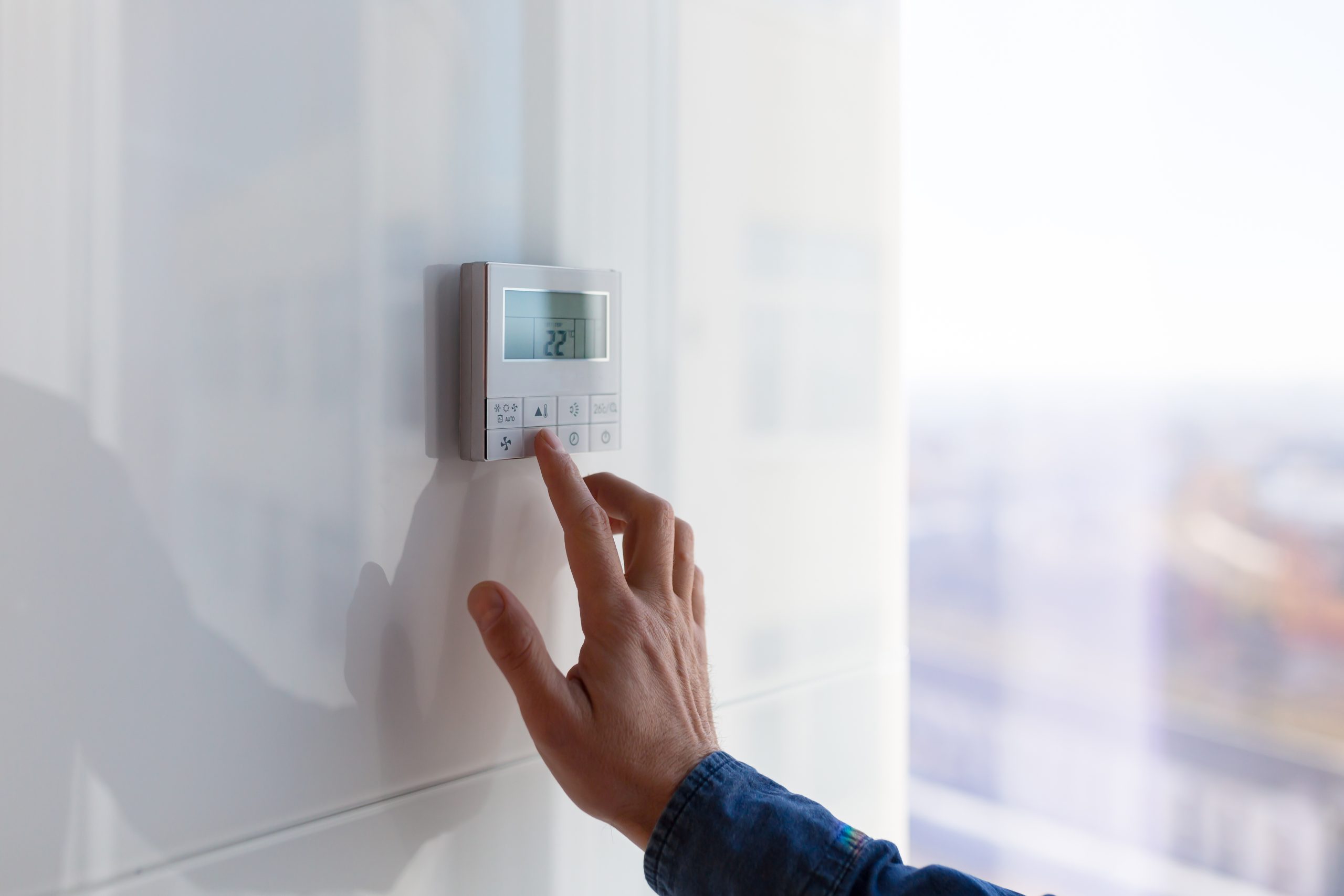
Insider’s tip:
You can lower your general usage by 6 percent with each degrees Celsius you save.
#4: Ready, set, blow!
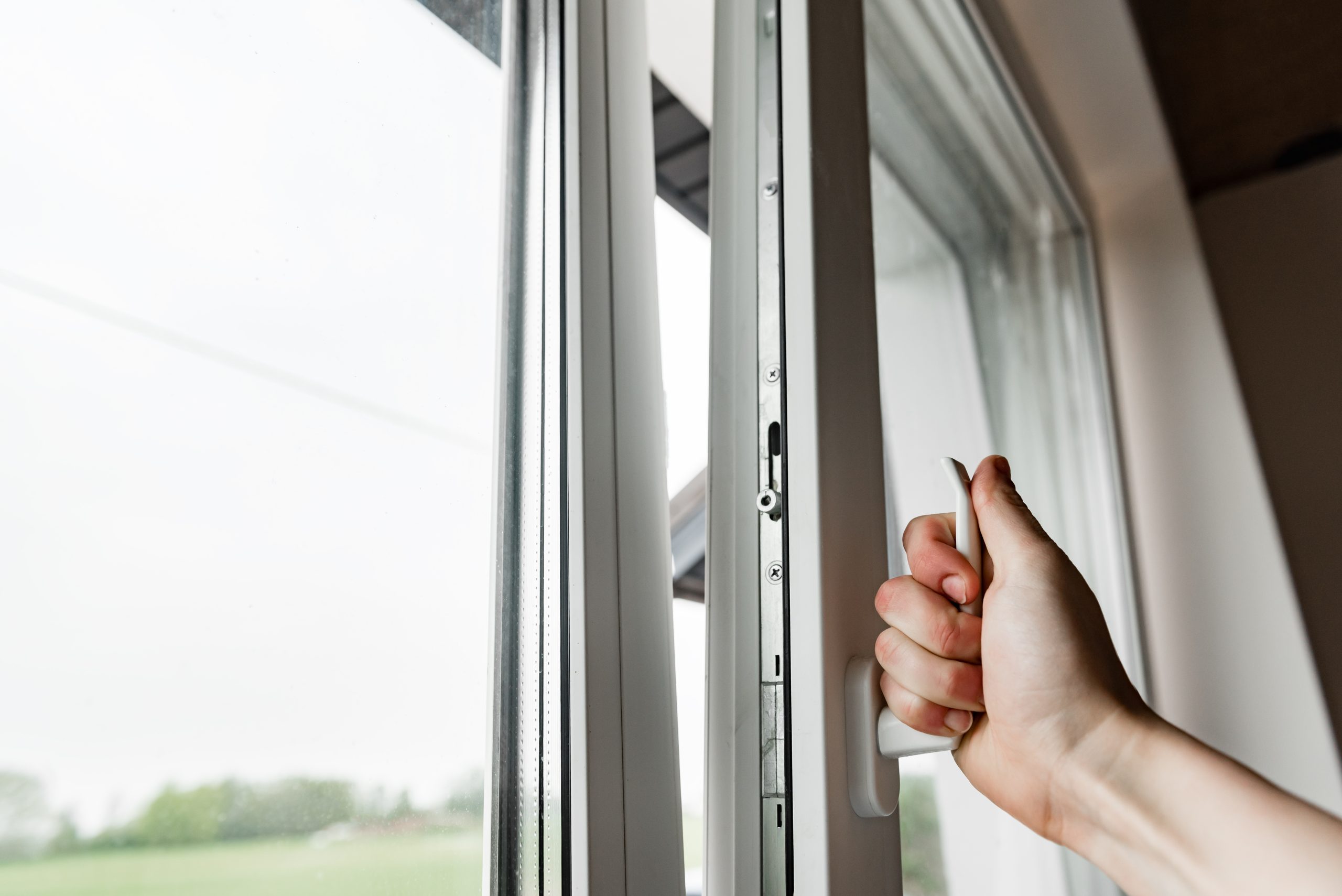
#5: Throw shade like Dracula
Traditional curtains aren’t too common in many households these days due to their “old-fashioned” aesthetics. However when it comes to smart heat savings, they can definitely be an ace up your sleeve. An additional side effect: nosy people won’t get a chance to peek into your room.

Insider’s tip:
Additionally carpets can provide another costefficient method for saving on your monthly expenses. When you compare them to wooden floors or floortiles, you will instantly notice that it’s much more comfortable and warmer in general to walk on carpets. Your four legged friends will definitely appreciate that as well 🙂
#6: Make way for the radiator

#7: Towards the sun

#8: Our four-legged partners show us how it's done!
Fun Fact: By increasing your temperature by 1 degrees Celsius you will increase the heating usage by 6 percent.

#9: Babysteps towards your comfort temperature
Fun Fact: Level 3 equates to approximately 20 degrees Celsius. Said levels translate to 3 degrees Celsius respectively. If you feel like the temperature needs adjustment, slowly change it by only a few degrees Celsius.

#10: Out of sight, out of mind
- if you are gone for about two days, decrease your temperature to 15 degrees Celsius
- if you are gone for more than two days, set your temperature below 15 degrees Celsius
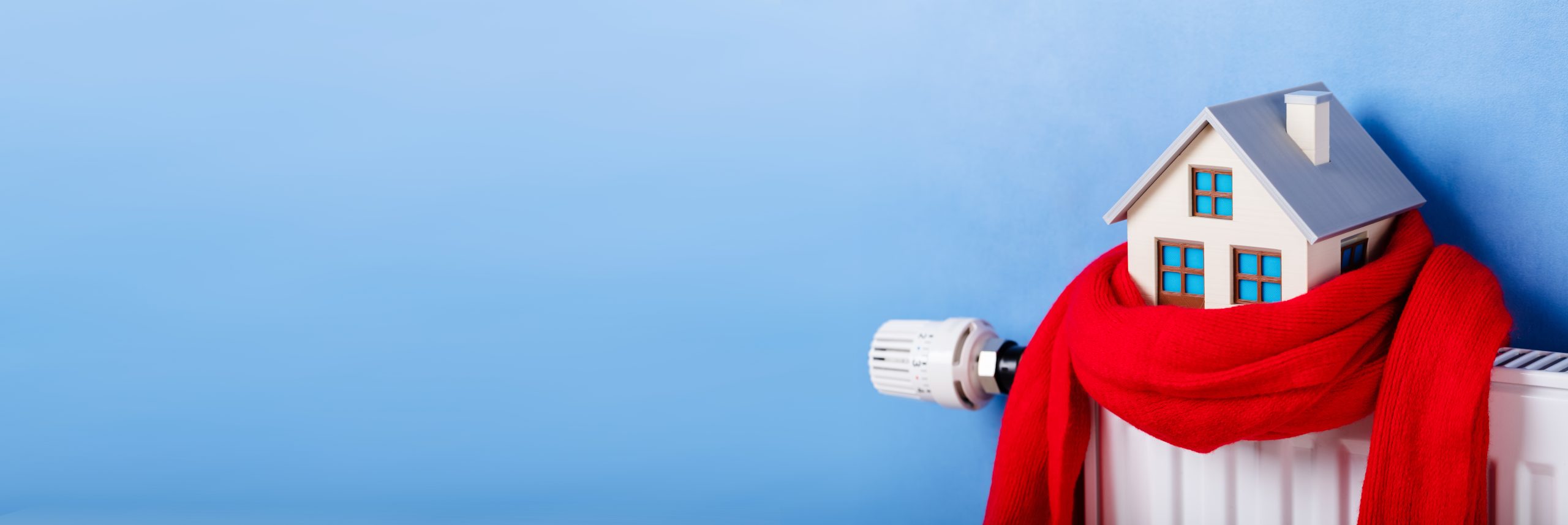
Insider’s tip:
A huge improvement in that area are programmable thermostats or smart thermostats. That way you will be able to control your temperature even if you are not home, since they can be linked with your smart home.
#11: Attention! Air in the pipes
There is a chance that air might pile up within the heating mechanism. That’s a bad thing, because that way you won’t be able to achieve consistant heating results. In addition to that your energy loss might increase by a significant amount. Fortunately that’s quite easily recognizable due to a “gurgle” noise. By following these steps, you’ll be able to release the piled up air all by yourself:
-
- Check the radiator’s pressure and refill it with water if necessary
- Turn up the radiator on max and let it heat up
- If there are multiple floors, it might be a good idea to start at the bottom and work your way up
- Place a collecting vessel underneath the vent valve
- The valve must only be opened with the appropriate tools
- Wait a few moments until the air hast left entirely and you only see water running out (careful, hot water!)
- Finally close the valve firmly and turn off the radiator
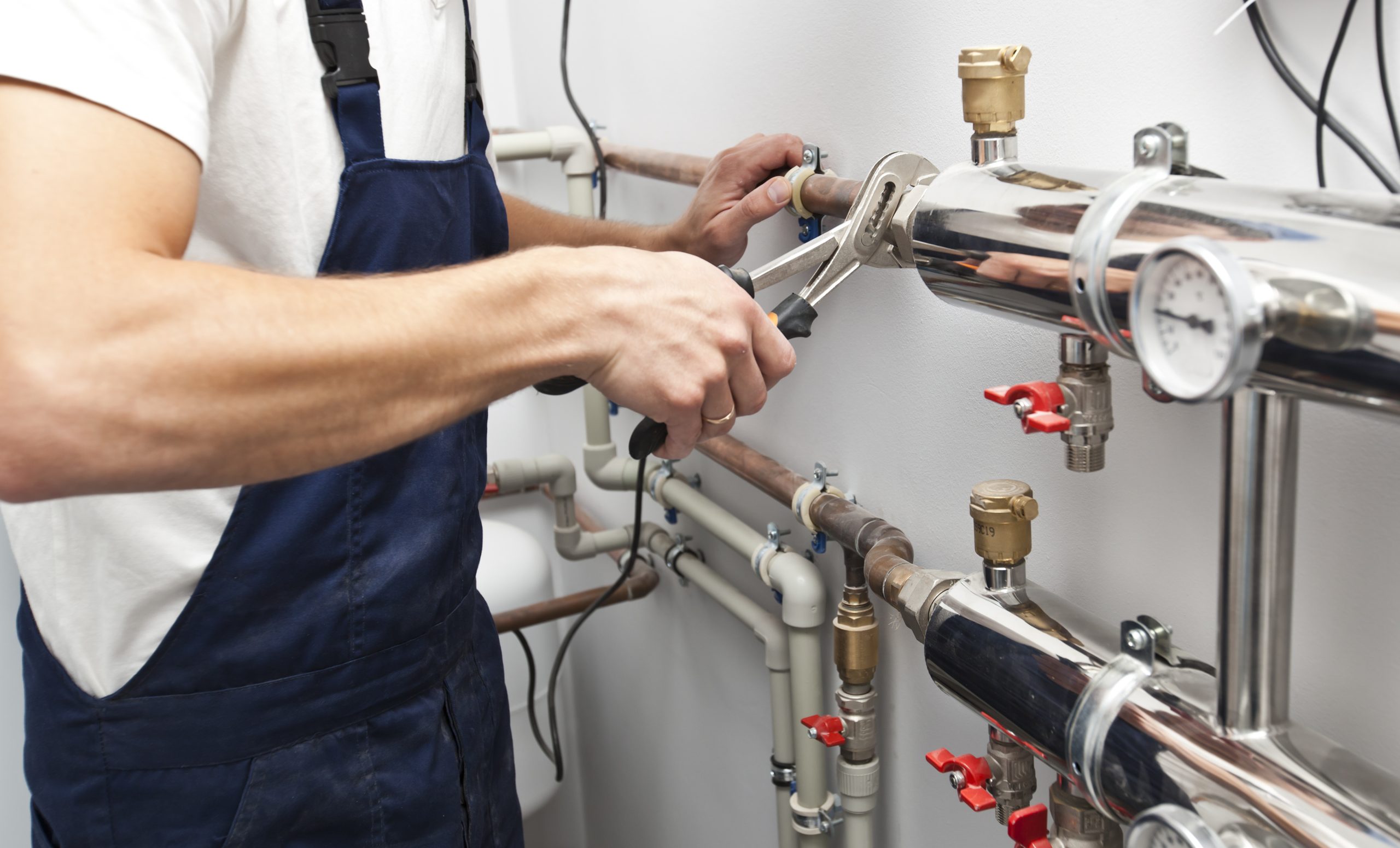
#12: Pump it!
An intriguing alternative compared to regular radiators would be a heat pump. You will definitely have a clear advantage when it comes to efficiency and eco friendliness. Only a quarter of required energy comes directly from your plug-socket. In addition to that, your heat pump will be the only central heating mechanism, which will let your house stay nice and cool during those hot summer months. This system will provide you with a climate friendly alternative, which will aid you all summer long. Your cat or dog will also appreciate a cool breeze in the summer. A great solution for the whole year!
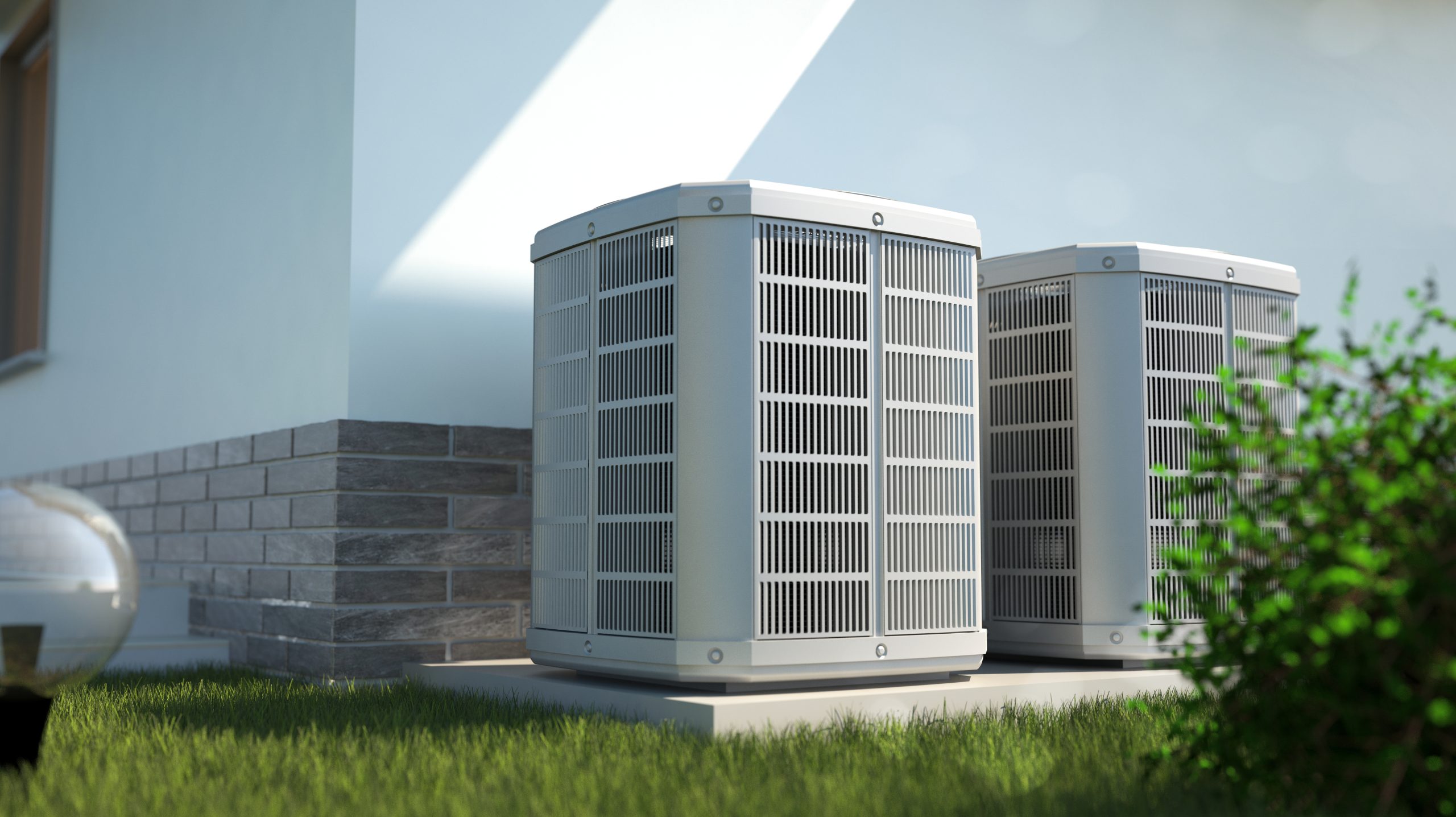
#13: Don't be afraid and isolate
As we’ve already established, “efficient heating” basically means storing the gained heat within your house for as long as possible. In order to achieve that, you might want to consider using an insulating layer. Place it right behind the radiator for maximum results. This method will prevent the heat from escaping your four walls too quickly. You can find an insulating mat in all shapes and sizes in almost any construction store. Think about whether or not you want one with an aluminum cover.
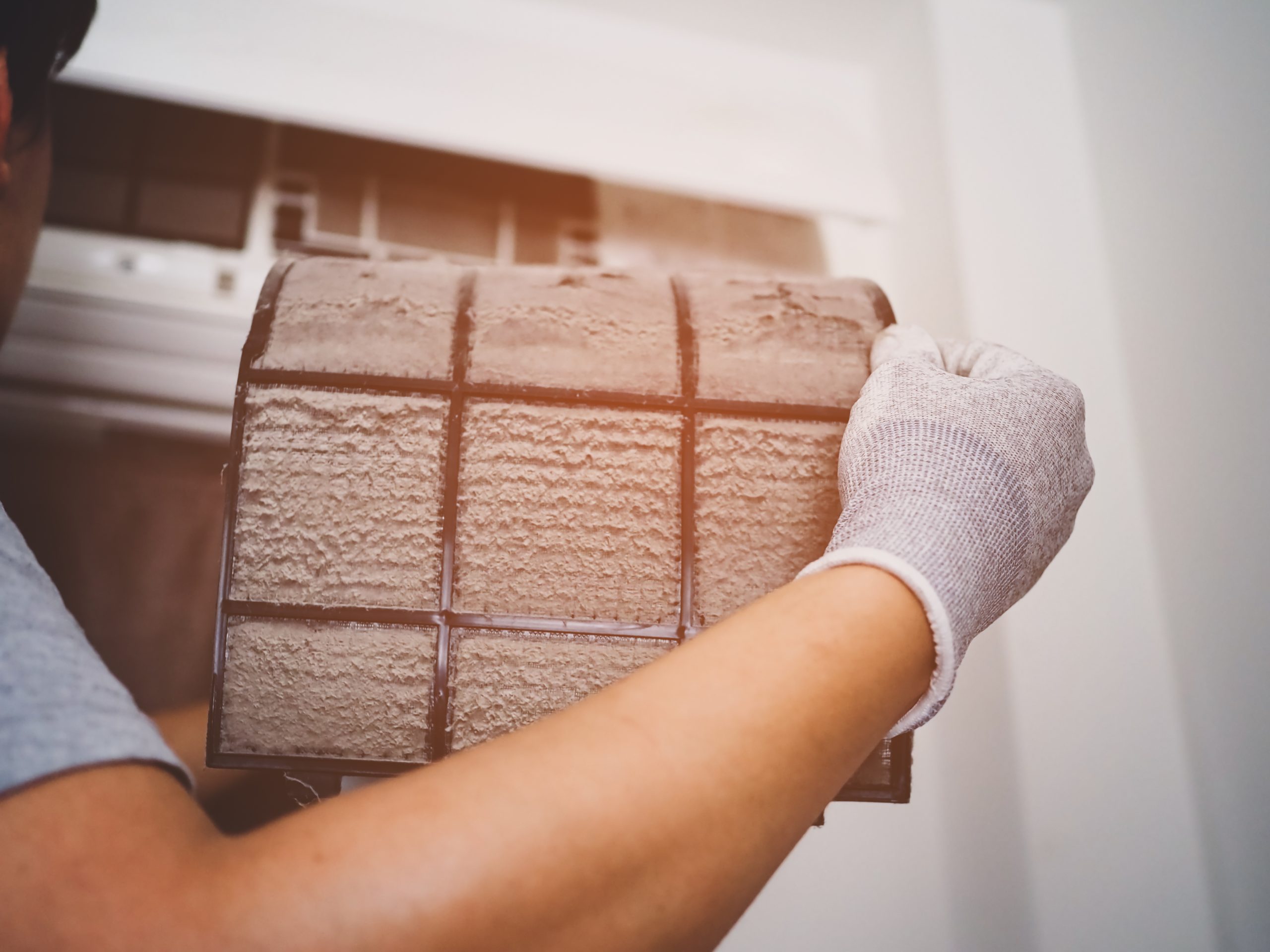
Insider’s tip:
Aluminum reflects the entire heat and provides better heating results.
However you should also consider that the process of “insulating” requires a certain level of expertise, which is why you should definitely consult a professional before taking action.
#14: Say goodbye to your old heat blower
Sometimes, during those cold moments in life, all you can think about is setting up your old electric heat blower and let it do its work underneath the table. However, you might want to reconsider: heating with hot air is an incredibly energy-intensive process. These devices require a lot of energy and you won’t get much out of it in return. That’s not very “living green”. Many times you won’t even feel any heat, since it’s only warm where the hot air reaches you. If you’re out of reach, you’re out of luck. The same goes for radiant heaters by the way.

#15: Just try something new
Even if there are some neat tricks to save on heating costs: sometimes a new investment pays off.That also goes for building- and insulation materials. After a while some things have to be replaced, no trick in the world can prevent that from happening. The best case scenario would be to replace your heating pump every 10 years. A bonus effect: a new model consumes less energy and lets you save up to 130€ per year.
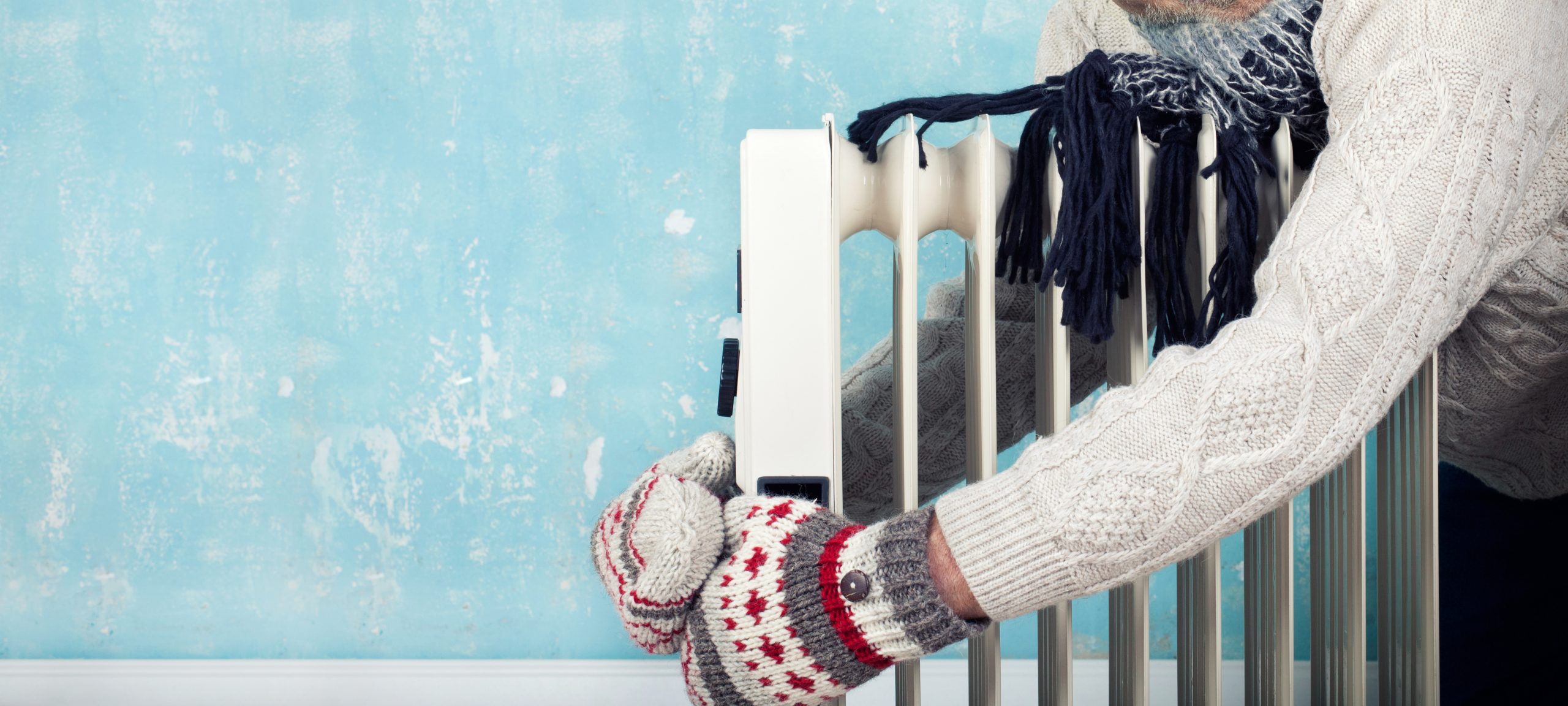
Insider’s tip:
A heating pump also works with common radiators. With newer houses, there usually are things like underfloor heating integrated, however you can still make use of your existing radiator. That means you might want to consider intergrating a heating pump during the restoration of your home.
#16: You don't have to be conservative to get a conservatory
Apart from the already mentioned advantages of a conservatory in our other blog post, there are additional considerable upsides such as heat generation. The two key aspects you should pay special attention to are isolating- and heat-absorbing glass. You should definitely keep that in mind when planning out your project in the early stages, since that will determine the rest of your house’s architecture. That way you can maximize the possible heat generation of your conservatory. You can also take advantage of the sun’s heat generation and use it to heat up your home. Additionally, placing plants around your house will protect it from heating up too much. Plus they will produce clean oxygen, which will make life much more enjoyable for pets and humans alike.
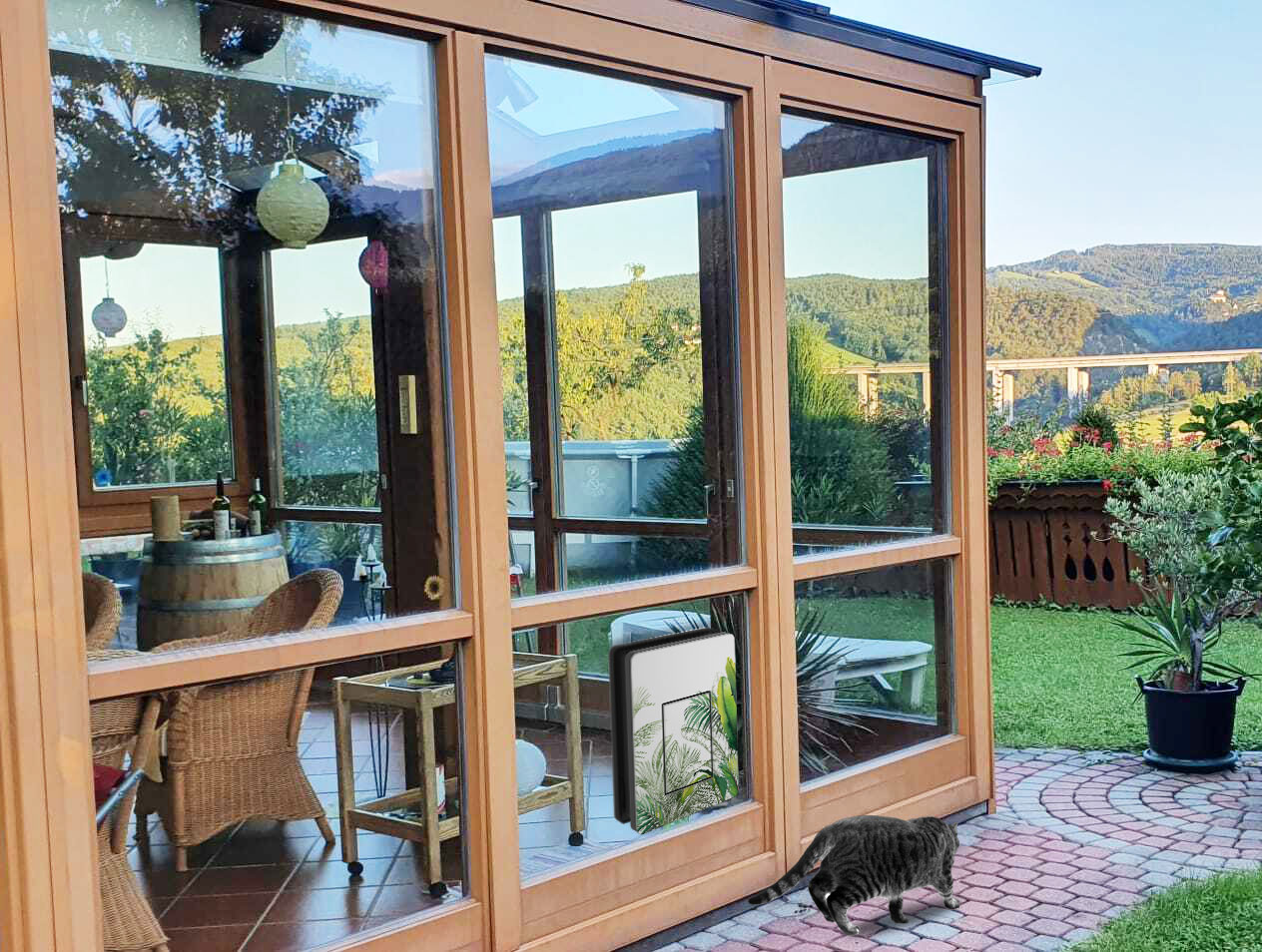
Dreaming of your personal conservatory?
We’ve summarized everything you have to consider when planning out your project and what it will cost you! Find out more right here.
You might also like:
30 day risk free trial
You have the option to test the petWALK pet door with your cat or dog within 30 days before permanently installing it. We will explain how.
And who takes the dog?
Tips for where and how you can lovely accommodate your cat or dog during holiday season.
Garden paradise for dogs?
Watch out, garden lovers! We have summerized for you, the best tips and tricks on how to transform your garden, into a small oasis for you and your dog in just a few steps.
Which accessory?
Whether tunnel-set, cover or door contact – what is really necessary? We have summarized the products we recommend you to order depending on the installation site.

